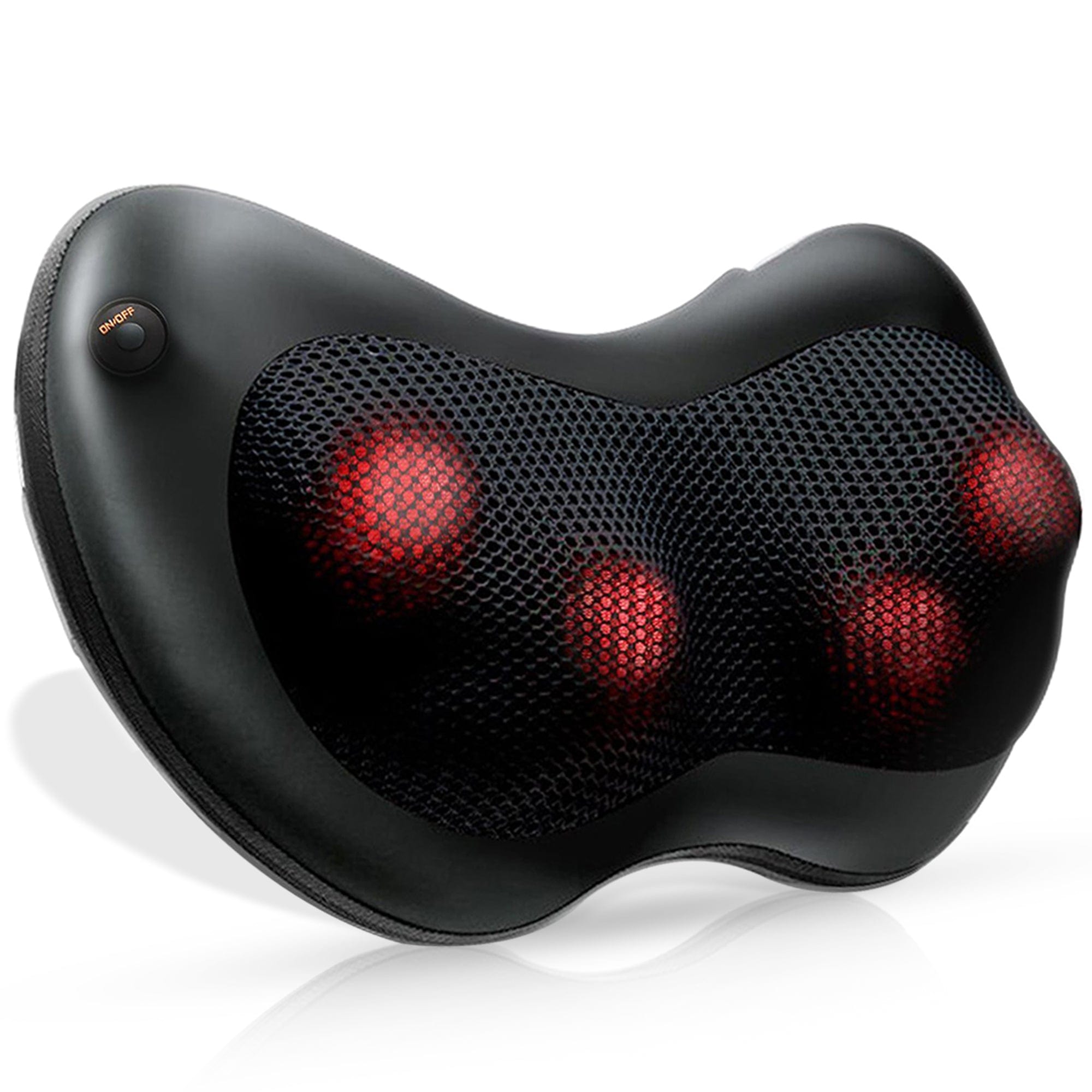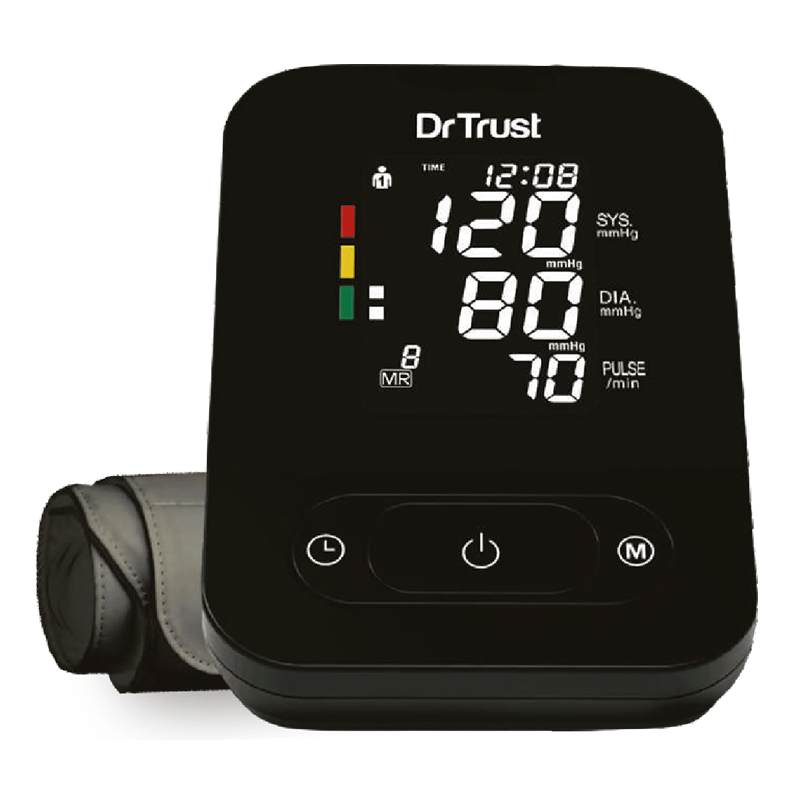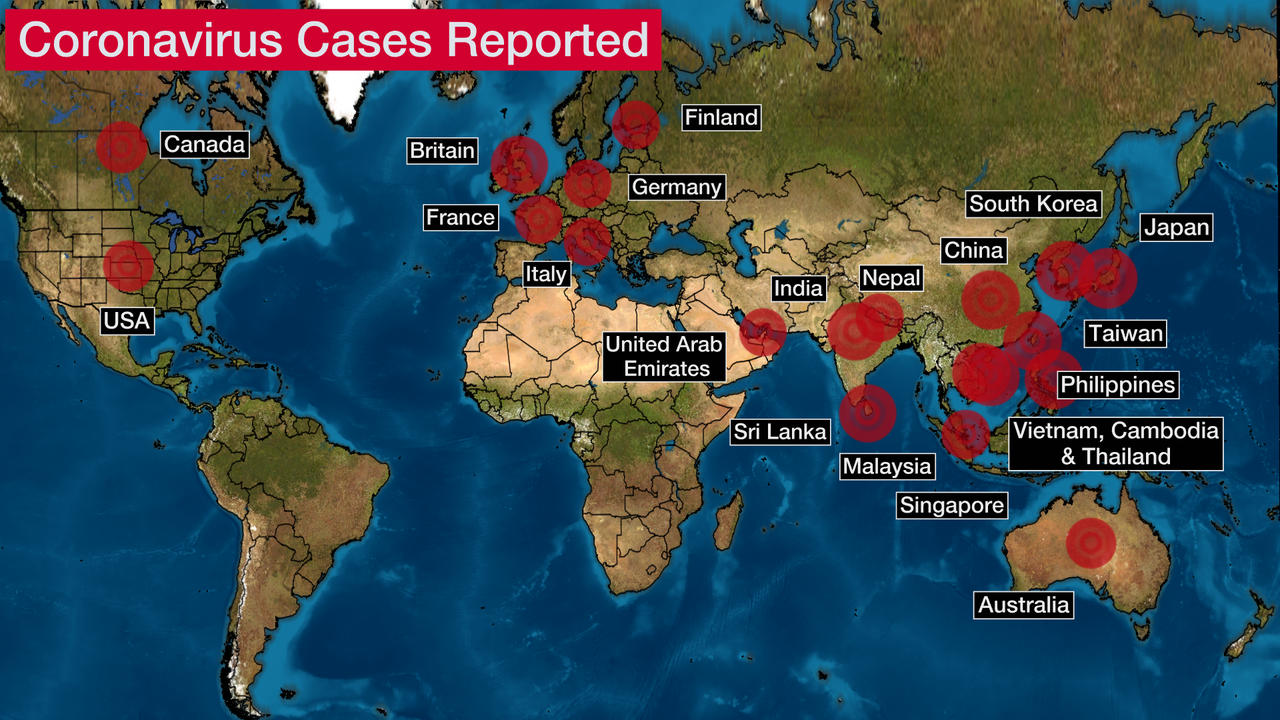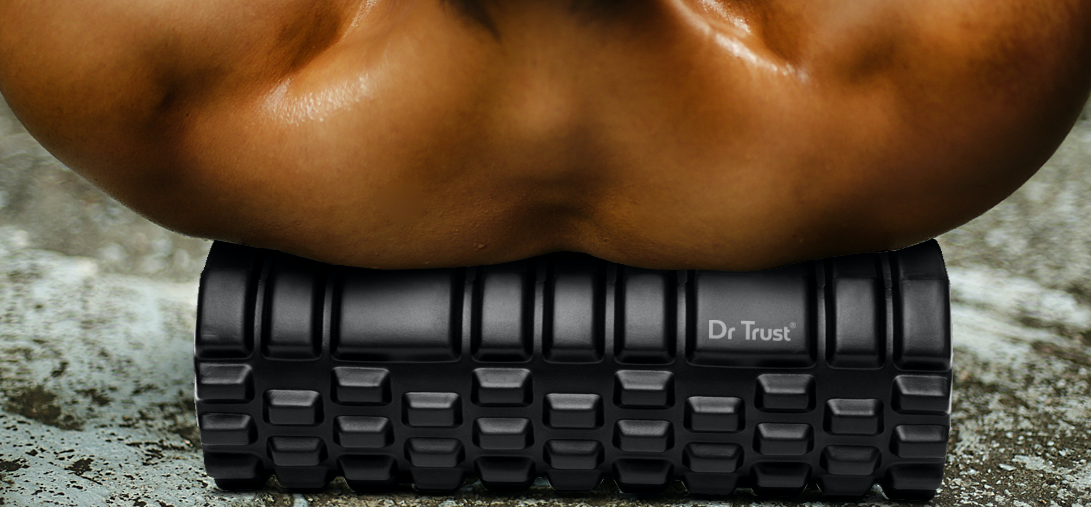Altitude sickness broadly refers to three clinical entities – acute mountain sickness, high-altitude pulmonary edema, and high-altitude cerebral edema. Altitude sickness typically occurs at altitudes exceeding 2500m (~8000 feet) and is characterized by the following symptoms:
- Headache
- Weakness
- Fatigue
- Listlessness
- Nausea
- Insomnia
- Loss of Appetite
Serious symptoms such as shortness of breath, coughing, confusion, ataxia, and altered mentation suggest more critical variants of altitude sickness – pulmonary or cerebral edema [1]. Mountain climbers who sustain climbing at altitudes >2500m typically experience these symptoms about 4 to 12 hours after arrival at a new altitude, and they are colloquially referred to as acute mountain sickness (AMS).
Why does AMS occur? The fundamental cause underpinning AMS is that of a suboptimal oxygen saturation combined with a lower ventilator drive. Together, these phenomena result in fluid retention (in the lungs and brain) as well as a heightened metabolic rate [2]. This is because there is a fall in atmospheric pressure at higher altitudes, leading to a decrease in the partial pressure of oxygen. This also has implications on the diffusion of gas that occurs at the alveoli – the functional units of our lungs. Because of the decreased partial pressure of oxygen, there is a reduced driving pressure for oxygen to diffuse into arterial blood to oxygenate it.
Mountain climbers today are extensively prepared for AMS by education and training. However, there are very few objective tools that reflect the degree of oxygenation back to the climber in real-time, which is vital in averting not just AMS but its fatal complications of cerebral and/or pulmonary edema.
The Dr Trust Pulse Oximeter is a Food and Drug Administration (FDA) approved fingertip real-time monitor that non-invasively measures the oxygen saturation of the wearer’s arterial blood. It has been designed for everyday home use as well as rigorous outdoor use for mountain climbing enthusiasts. The Dr. Trust oximeter also measures the patient’s respiratory rate and heart rate, providing the wearer with comprehensive physiological measurements. This is highly relevant for experienced climbers who may not be acclimatized to high altitudes; these climbers may compensate for hypoxia (low oxygen saturation) by mounting a cardiovascular and/or respiratory response in the form of an elevated pulse and respiratory rate. The Dr Trust Pulse Oximeter can provide the wearer with early warning signs even when the wearer’s oxygen saturation is normal.
Built for resistance, the Dr Trust Pulse Oximeter is:
-Water-resistant and has a rotatable multidirectional display for ease of visualization.
-It has a digital bright LED display and comes with a lanyard.
-Real-time alerts enable wearers to enjoy their climb with the assurance that their physiological functions are being monitored throughout. These alarms are fully customizable by the wearer and can be enabled/disabled for convenience.
-Finally, the Dr Trust Pulse Oximeter boasts a low perfusion index of 0.2% as compared to other competitors on the market (0.6%); this means that it is extremely sensitive to the detection of the pulse – the Dr Trust Pulse Oximeter picks up weak pulses that are missed by other devices.
References
- Murdoch, D., Altitude sickness. BMJ clinical evidence, 2010. 2010: p. 1209.
- Luks, A.M., E.R. Swenson, and P. Bartsch, Acute high-altitude sickness. Eur Respir Rev, 2017. 26(143).














